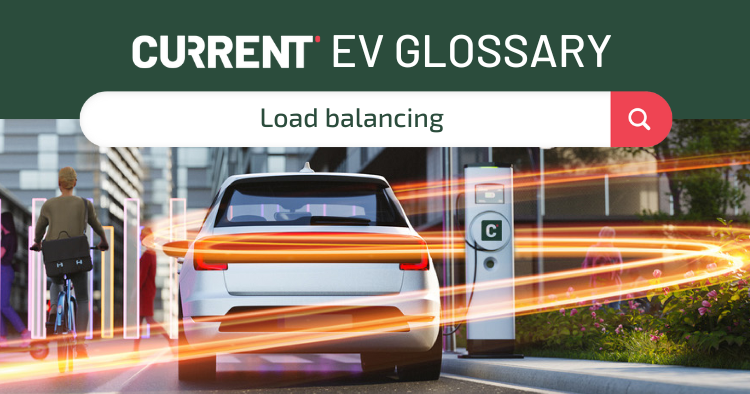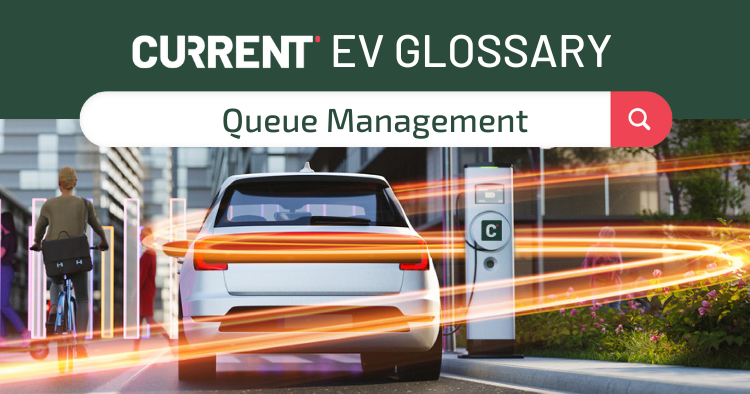Electric Vehicle Fleet Operator
Electric Vehicle Fleet Operator: Key Role in Shift to EV Fleets
How many vehicles are in commercial fleets?
There are over 250,000 vans in the largest fleets around the UK. The EU has more than 35 million commercial vehicles and buses. Those figures don't include passenger cars, which make up around 87% of fleets. Further to this, these figures don't include lorries and Heavy Goods Vehicles (HGV).
These numbers matter because they represent a significant percentage of the total vehicles on the roads. In the shift towards a greener economy, changing to electric vehicles is important.
That's where electric vehicle fleet operators come in.
What is an Electric Vehicle Fleet Operator?
A fleet operator is a company or a department within a company that manages the purchase, use, and maintenance of the commercial vehicles in the company's fleet. This can include passenger cars, small vans, medium vans, large vans, and HGVs.
An EV fleet operator is the same as a traditional fuel fleet operator with the added complexities of managing vehicle charging stations across the service area. Electrifying the entire fleet may save money in many ways, but this comes at the added cost of managing charging at home or at stations.
The Benefits of Switching to a Fleet of Electric Vehicles
What are the benefits of choosing an EV fleet instead of petrol and diesel counterparts? There are three major areas where companies can see improvements: running costs, sustainability, and employee satisfaction.
Going electric for lease cars and vehicles is probably less expensive
McKinsey estimates the total cost of ownership of electric vehicles will be 15-25% less than owning internal combustion engines (ICE) by 2030. Lease costs are higher because the electric vehicle purchase costs are greater. Lower fuel costs and the tax incentives local authorities provide for EV owners offset the higher vehicle price.
It is unclear whether the TCO calculations consider any costs companies will pay to install and maintain their own charger stations.
Moving away from conventional fuel helps the environment
Meeting zero emissions targets is a big factor in how countries are trying to help the environment. Changing petrol and diesel use to electric vehicles will cut fuel emissions. In fact, the lifetime emissions from EVs are around three times lower than those of petrol and diesel vehicles.
Employees enjoy electric vehicles
Employees enjoy their electric car experience. Reasons for this include:
- The status boost of using electric vehicles, especially high-end models such as the Tesla.
- EVs are virtually silent, which benefits the driver and other people in urban areas.
- Fast charging and the growth of charging stations have reduced range anxiety.
Since most commercial fleets are made of 85% or more passenger cars, these benefits are important.
Things to Consider Before Switching to an EV Fleet
Of course, everything isn't easy all the time. Switching to an electric fleet comes with a few challenges.
Availability of the required commercial vehicles
While the number and variety of most electric vans have been increasing, the availability is still not as high as petrol and diesel vans. It is fairly easy to find a panel van or medium van to suit most needs. But if your company has more specialised requirements, then finding the right electric vehicle might be more of a challenge.
Driving range vs placement of charging stations
Long-distance hauliers are still using traditional fuels for good reason. A full lorry can travel several thousand miles with dual fuel tanks, while the best electric version might only manage a few hundred. Petrol stations are common, but fast charge stations for commercial fleets are far less so. So, businesses must think of how to keep their vehicles fully charged and ready to move.
A solution to this problem, at least for cars, is to provide home charging points to their employees. But this will incur additional installation and maintenance costs.
Cost of repairs for electric tech
There is no consensus on the long-term reliability of electric vehicles compared to petrol and diesel vehicles. There are simply not enough EVs with more than 100,000 miles on the odometer. What can be seen now, though, is the higher cost of repairing EVs after collisions and minor problems. Some studies suggest they are 27% - 53% more expensive to repair after an accident.
Self-service charging to reduce range anxiety
Drivers continue to face the problem of range anxiety, or the worry their car batteries will die before they can complete their journey. This can be reduced with a switch to some form of roaming charging, installing home charge points, and educating drivers about how to plan their journeys for maximum efficiency. But these solutions come with some extra costs.
Electric Vehicles Available for an EV Fleet
The variety of electric cars and electric vans is increasing. This definition isn't the right place for a full comparison of vehicles, but we can provide a small sample of the vehicles available to fleet operators.
Passenger cars
Almost every manufacturer sells cars with some kind of battery. Electric vehicles suitable for passenger fleets range from the affordable Nissan Leaf and Mini Cooper SE up to the desirable Tesla Model S. There are also SUVs and supercars on the market for those whose tastes and budgets require them.
Light commercial vehicles
The Peugeot e-Partner and Citroën e-Berlingo are among the favourites for the light commercial vehicle segment. Their short-range and small payloads make them perfect for urban deliveries and short-range jobs.
Smaller electric vans
Mercedes has two options for electric cans. The smaller is the eVito, with about 6.6 cubic meters of space inside the all-electric van. Another option is the short-wheelbase Renault Master E-Tech.
Large electric van
One of the most popular vans is the Mercedes eSprinter. Its electric motor seems powerful but lacks great range with a maximum driving distance of just over 100 miles on a single charge. But it might be a great choice for local work. The Ford E-Transit will be welcome in the UK market with options for an extra long wheelbase or more seats.
e-Trucks and Lorries
Few manufacturers have managed to field a suitable long-haul electric lorry. The problems with going electric include the need for very long range, heavy payloads, and the inability to leave a truck idle for hours while it charges. Tesla is working on its Semi and the Mercedes eActros is available for city work already. But no real replacement for the long haul carrier has made it to market.
Conclusion
A large business usually has a fleet of cargo and personal vehicles. As companies work together to complete the shift to a greener transport sector, the role of electric fleet operators will become more important. For now, companies are modernising their passenger fleets while waiting for the next revolution in electric HGV power and performance.
If you still have questions or want to learn more, then please look through the other articles in our EV glossary section



